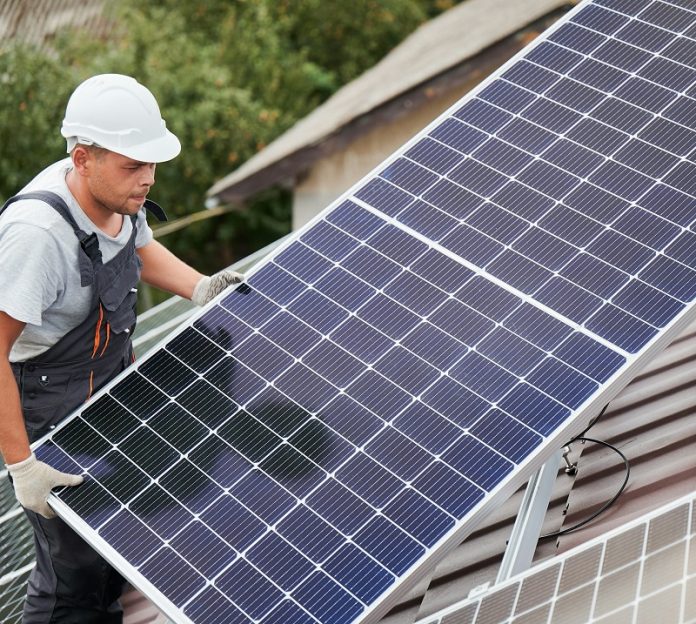
A team of researchers in South Korea has developed an advanced solar cell that can absorb sunlight from both the front and back, boosting energy output without needing more space.
This new “bifacial” solar technology is based on thin-film solar cells made from copper, indium, and selenium (CuInSe₂), and it’s designed to work on transparent surfaces.
The work was led by Daehwan Kim and Shijoon Sung at the Daegu Gyeongbuk Institute of Science & Technology (DGIST), and their findings were published in Advanced Energy Materials.
Unlike traditional solar panels, which only collect light from the front, bifacial solar cells take in sunlight from both directions.
This makes them especially useful in environments where reflected light is available—such as on rooftops, glass buildings, or above reflective surfaces like snow or concrete.
Until now, one of the major obstacles in making these advanced cells was the need for high manufacturing temperatures, which damage the transparent materials used in bifacial cells.
The DGIST research team found a way around this problem.
They developed a method to produce CuInSe₂ solar cells at a much lower temperature—below 420°C. They also introduced silver (Ag) during the manufacturing process, which helped form high-quality material even at these reduced temperatures.
This breakthrough allows the solar cells to be made on transparent electrode materials, which are more heat-sensitive but essential for bifacial designs.
To further boost performance, the team added gallium (Ga) to the bottom layer of the solar cell.
This created a gradient in the material that helped move electric charges more efficiently and reduced energy loss, improving how well the cells convert sunlight into electricity.
The result is a record-setting bifacial thin-film solar cell. On the front side, the cell achieved an efficiency of 15.3%, while the back side reached 8.44%.
Combined, this gave a bifacial power generation density of 23.1 milliwatts per square centimeter—among the best results ever achieved for solar cells on transparent materials.
This new technology has exciting potential for many applications. It could be used in building-integrated solar panels, where solar cells are part of windows or walls.
It’s also a strong candidate for use in agriculture, where sunlight passes through the panels to support plant growth below. Additionally, these bifacial cells could be used in multi-layer “tandem” solar cells for even greater energy efficiency.
Lead researchers Kim and Sung say this work opens the door for more efficient and versatile solar panels in the future, especially for use in environments where both sides of a panel can capture sunlight.



